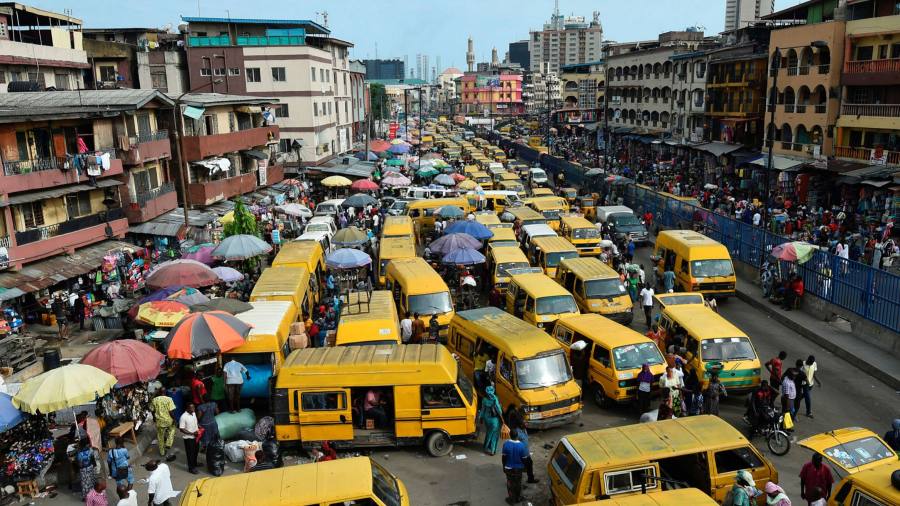[ad_1]
The writer is an energy consultant and the founder of Ignite Energy Africa
Driving in Lagos is a unique experience. Your first time on the bustling, hawker-filled streets of Nigeria’s biggest city will be like no other. The chaotic sounds of horns will confuse you, the smoke shooting out of bus exhaust pipes can startle you and the trailers tilting over as they pass may frighten you. It can also be exhilarating — like being in a video game with advanced graphics.
Transportation can have a huge impact on the quality of life; in normal times, we spend much time and energy moving around. The pandemic gives us a pause to reflect on the future of transport globally, but particularly in Africa.Â
The adoption of electric vehicles as an alternative to fossil fuels is crucial for tackling climate change but is not without challenges. A study by Castrol across eight of the world’s biggest electric vehicle markets found 63 per cent of consumers think the options are beyond their budget, although most would consider buying one by 2024. Other barriers are range and charging infrastructure. The provision of ultrafast chargers and battery development are addressing this, and many countries are investing in public charging infrastructure.Â
As the developed world focuses on the electrification of transportation, Sub-Saharan Africa is lagging behind. Climate change is having a growing impact on the region — in the last year, there have been distressing floods and an invasion of desert locusts. Yet the adoption of the vehicles faces additional problems, such as the need for a reliable power supply at reasonably low electricity prices. This is still not available in most countries. However, there is hope. Currently, more than 93 per cent of Kenya’s electricity demand was met by renewable energy and the country has secured funding to electrify its new rail system.
Another barrier is the lack of enabling policies, tax incentives and subsidies. The region has almost no government initiatives on electric vehicles, partly because there are more important basic needs — such as healthcare, clean water and domestic energy supplies. Most countries also have substantial import duty taxes. According to Global Fleet, in South Africa they attract an import duty of 25 per cent compared with 18 per cent for internal combustion engine vehicles and duties on imported vehicles in Ethiopia can be as much as 100 per cent.Â
An early adopter in Kenya said the first such vehicle he imported was held up because customs officials had not seen one before, but things are improving. He now has a range of them in his leasing business and is saving up to 70 per cent a year on fuel. Those looking to convert fleets to electric may be deterred by the initial substantial cost, but hire services could offer opportunities for investors and entrepreneurs.Â
Climate Capital
An EY report on foreign direct investment found that cleantech is part of Africa’s next wave of emerging sectors. The UN Global Fuel Economy Initiative is working on setting baselines for fuel economy and policy development for efficient light-duty vehicles, including electric, in at least 10 African countries.Â
Impressively, there are some pioneers in the region. In South Africa, uYilo has an initiative that allows excess electric vehicle battery energy to be fed back into the grid, providing a buffer in power cuts. If policies are favourable, micro-mobility — electric bikes, scooters, three-wheelers — is particularly suited to teeming cities such as Lagos.
Big investments in Sub-Saharan Africa’s power capacity are expected in the next decade. The region should be integrated into international electric vehicle research with feasibility studies and policy analysis to exploit this.Â
Africa has the potential for an exceptional transportation experience with better air quality unencumbered by standstill traffic — but maintaining the essence of the street culture of the most populous cities. Alternative transport can help make this vision a reality and tackle the escalating effect of climate change in the region.
[ad_2]
Source link







